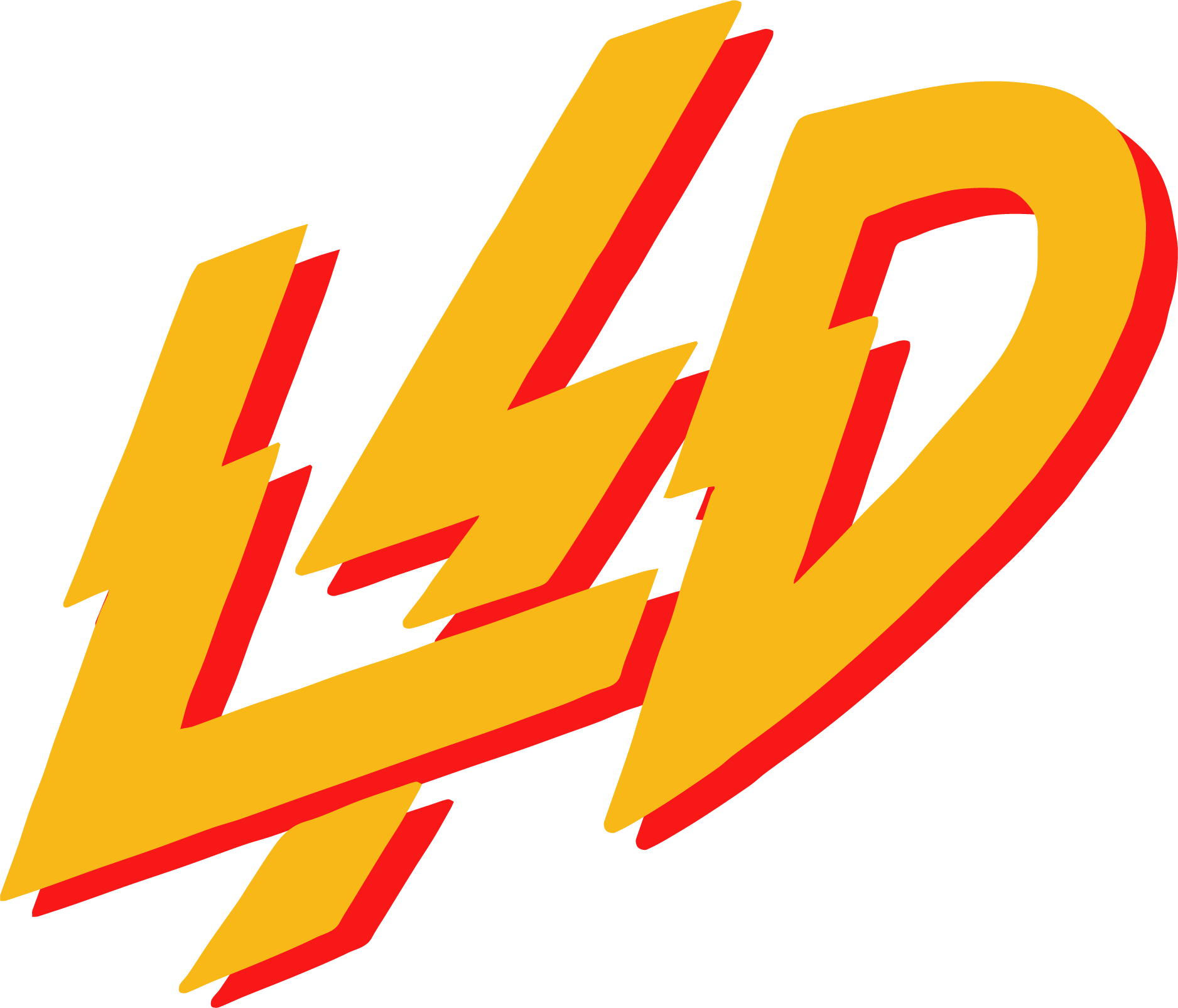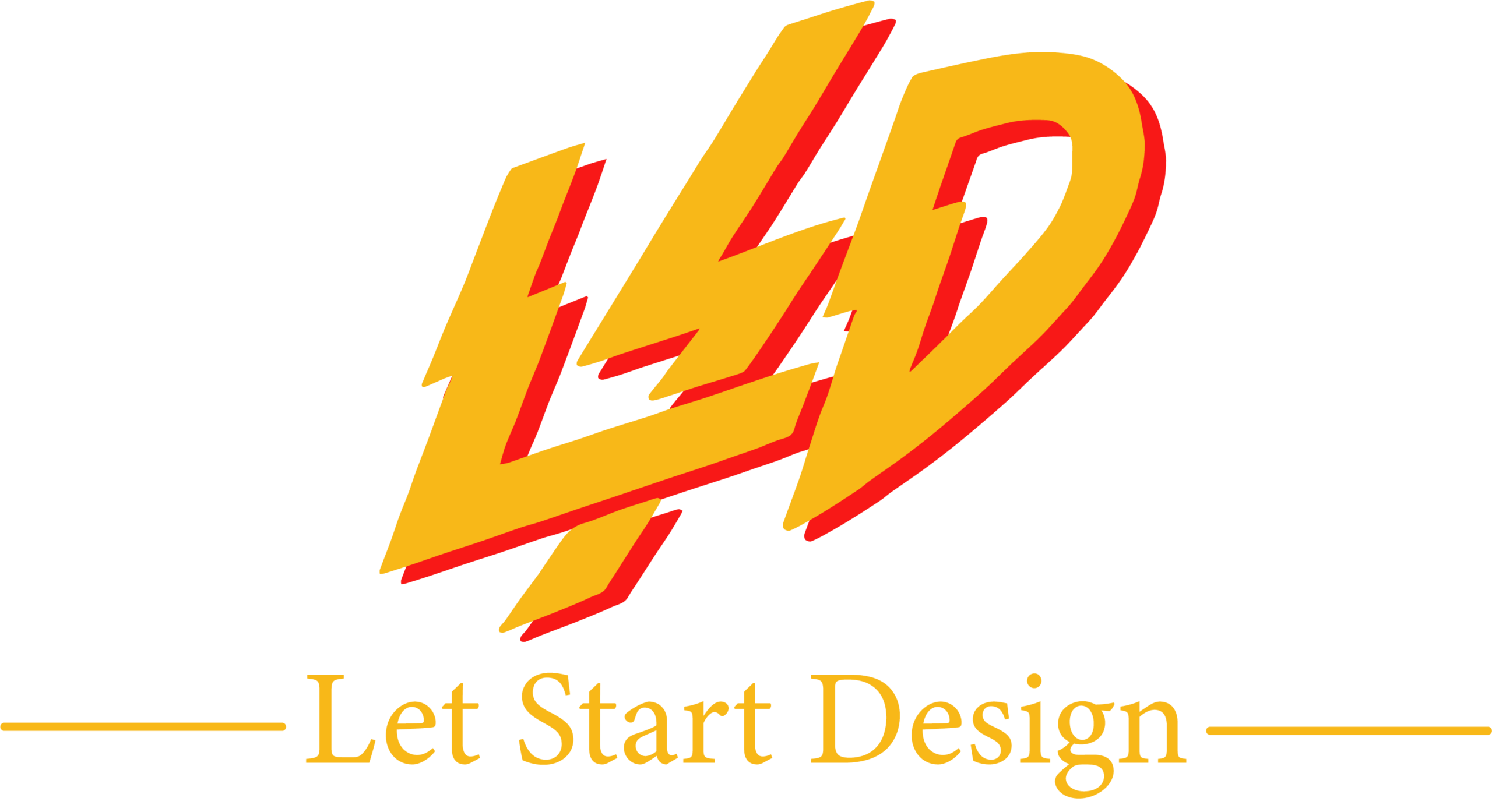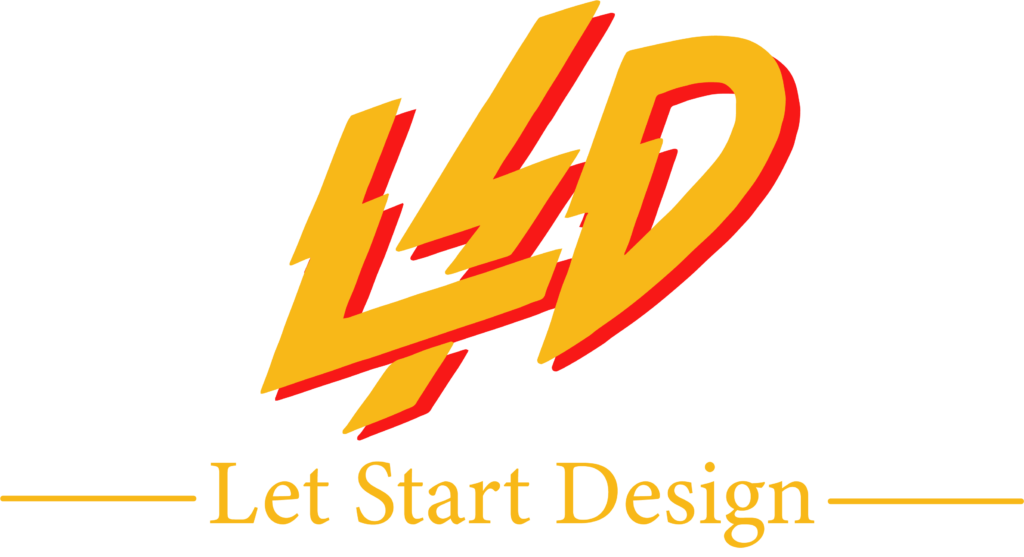In the fast-paced world of web design, staying updated with the latest trends is crucial. The digital landscape is continually evolving, and keeping abreast of these changes not only ensures that your designs remain relevant but also enhances user experience and overall website performance. As we move into 2024, several innovative trends are set to define the aesthetic and functional aspects of web design. This blog post delves into the top 10 web design trends for 2024, providing insights, examples, and practical tips for web designers, UX/UI professionals, and front-end developers.
Detailed Explanation of Each Trend
1. Dark Mode Site Feature
Dark mode has transcended from being a mere preference to a standard feature in web design. It offers a sleek aesthetic, reduces eye strain, and can even save battery life on OLED screens. Websites like Instagram and Twitter have already embraced this trend, and it’s expected to become even more prevalent in 2024.
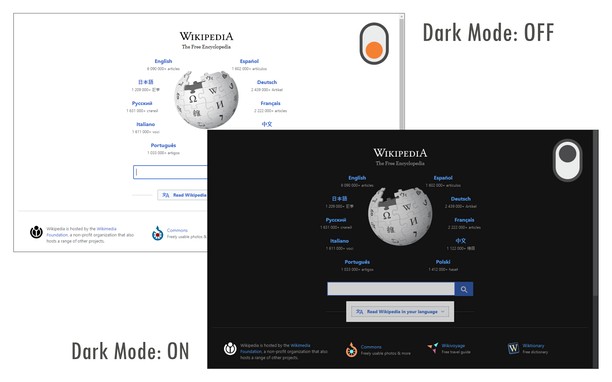
Example: The Apple website uses dark mode to enhance its minimalistic design, highlighting products beautifully without overwhelming the user.
Practical Tip: Ensure that your site’s dark mode maintains readability and accessibility. Test color contrasts and font sizes to provide an optimal user experience.
2. 3D and Immersive Visuals Website
The use of 3D elements and immersive visuals is gaining traction, providing users with a more engaging and interactive experience. These elements can create a sense of depth and realism that static images cannot achieve.
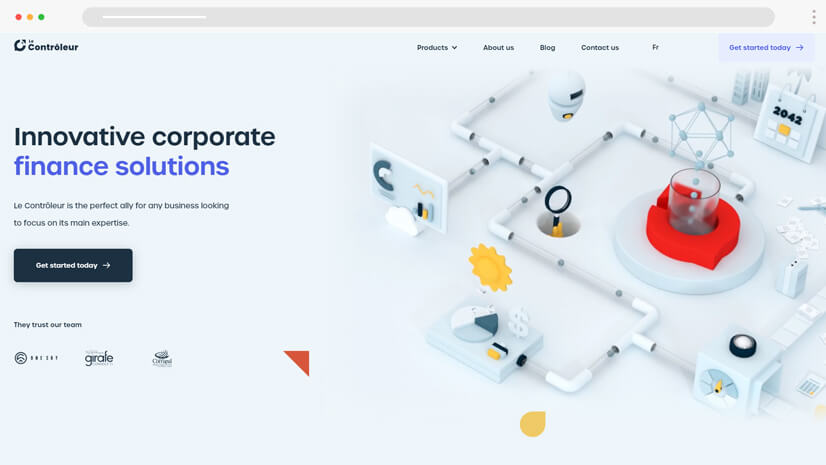
Example: The Adidas website incorporates 3D models of shoes, allowing users to view products from all angles.
Practical Tip: Balance the use of 3D elements to avoid slowing down your site. Utilize optimized graphics and lazy loading techniques.
3. Micro-Interactions Site
Micro-interactions are subtle animations or design elements that guide users and provide feedback. They enhance the overall user experience by making interfaces more intuitive.
Example: LinkedIn’s like button provides real-time feedback with a small animation, making interactions feel more responsive.
Practical Tip: Use micro-interactions to highlight important actions and provide feedback without overwhelming the user.
4. Neumorphism
Neumorphism combines skeuomorphism and flat design, creating a soft, extruded plastic look that is both modern and tactile. This trend focuses on making digital elements look like physical objects.
Example: The Dribbble interface utilizes neumorphic design elements to create a visually appealing and cohesive user experience.
Practical Tip: Neumorphism works best with simple, monochromatic color schemes. Pay attention to shadows and highlights to maintain a realistic look.
5. Voice User Interface (VUI)
With the rise of smart speakers and voice assistants, integrating VUI into web design is becoming increasingly important. VUI allows users to navigate websites and access information using voice commands.
Example: Google’s search engine now supports voice search, offering a hands-free way to browse the internet.
Practical Tip: Ensure your website is optimized for voice search by using natural language processing and including relevant keywords in your content.
6. Augmented Reality (AR) Integration
AR is transforming the way users interact with websites, providing an immersive experience that bridges the gap between the digital and physical worlds.
Example: IKEA’s AR app allows users to visualize furniture in their homes before making a purchase, enhancing the e-commerce experience.
Practical Tip: Implement AR features for product previews and virtual try-ons. Ensure AR elements are intuitive and easy to use.
7. Minimalism design with a Twist
Minimalism continues to be a dominant trend, but with a new twist. Designers are incorporating bold colors, unique typography, and asymmetrical layouts to make minimalist designs more visually interesting.
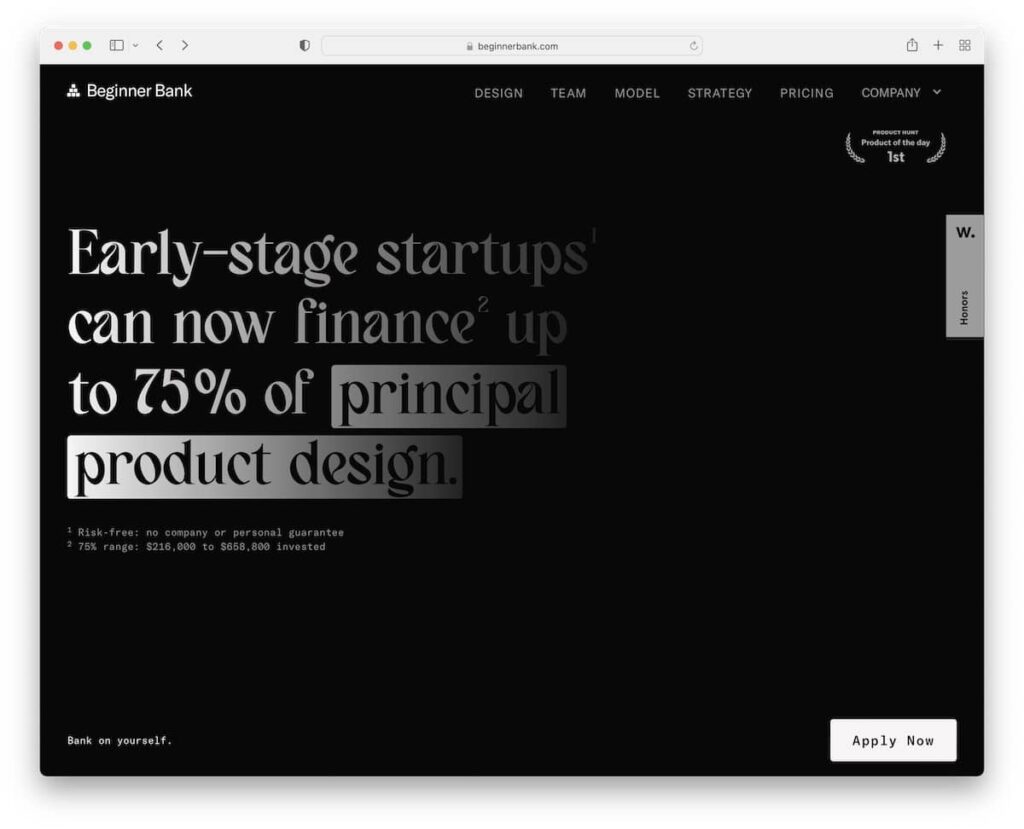
Example: The Dropbox homepage uses a clean layout with vibrant colors and playful illustrations to stand out while maintaining a minimalist approach.
Practical Tip: Focus on reducing clutter and emphasizing key content. Use white space effectively to create a balanced and harmonious design.
8. AI and Chatbots
AI-powered chatbots are becoming essential for providing real-time customer support and personalized user experiences. They can handle a wide range of tasks, from answering FAQs to guiding users through complex processes.
Here You Can Get a Guide to adding Ai Chatbot to your WordPress website
Example: The H&M website uses a chatbot to assist customers with product recommendations and order tracking.
Practical Tip: Design your chatbot to be conversational and user-friendly. Incorporate machine learning to improve its responses over time.
9. Sustainable Web Design
As environmental concerns grow, sustainable web design practices are gaining importance. This trend focuses on optimizing websites to reduce their carbon footprint.
Example: The Organic Basics website is designed to be energy-efficient, with minimalistic design elements and optimized assets.
Practical Tip: Optimize images, use efficient coding practices, and choose green hosting providers to make your website more sustainable.
10. Advanced Scroll Animations
Scroll animations are becoming more sophisticated, providing users with a dynamic and engaging browsing experience. These animations can guide users through content and highlight important sections.
View Example For Scroll Animations Click Here
Example: The Apple AirPods Pro page uses scroll animations to demonstrate product features and create a seamless narrative flow.
Practical Tip: Ensure scroll animations are smooth and non-intrusive. Use them to enhance storytelling and guide users through your content.
Practical Tips on Implementing These Trends
- Stay Updated: Regularly follow design blogs, attend webinars, and participate in industry forums to stay updated on the latest trends.
- Experiment and Iterate: Don’t be afraid to experiment with new design elements. Gather user feedback and iterate to refine your approach.
- Focus on User Experience: Always prioritize user experience. Ensure that any new design trend you implement enhances usability rather than detracting from it.
- Collaborate with Developers: Work closely with front-end developers to ensure that design elements are implemented correctly and efficiently.
How These Trends Enhance User Experience and Website Performance
Adopting these web design trends can significantly enhance user experience and website performance:
- Improved Engagement: Trends like micro-interactions and advanced scroll animations keep users engaged and encourage them to explore more of your content.
- Better Accessibility: Features like dark mode and VUI cater to diverse user needs, making your website more accessible to a wider audience.
- Enhanced Aesthetics: Incorporating 3D visuals, neumorphism, and bold minimalism can make your website visually appealing and memorable.
- Increased Efficiency: AI-powered chatbots and AR integration streamline user interactions, providing quick and efficient solutions to their needs.
Conclusion
Staying updated with the latest web design trends is essential for web designers, UX/UI professionals, and front-end developers. By embracing these top 10 web design trends for 2024, you can create websites that are not only aesthetically pleasing but also offer exceptional user experiences and performance.
Adopting these trends can help you stay ahead of the competition and meet the ever-evolving expectations of users. As you implement these trends in your projects, remember to focus on usability, accessibility, and sustainability to create truly impactful and future-proof designs.
For more insights and tips on web design, subscribe to our newsletter and stay connected with the latest industry trends and best practices.
Ready to bring your website into 2024? Contact Let Start Design for a consultation and let’s create something amazing together.
FAQs About Web Design Trends and Best Practices
Some current web design trends for 2024 include dark mode, micro-interactions, 3D visuals, voice user interfaces (VUI), augmented reality (AR) integration, bold minimalism, AI-powered chatbots, sustainable web design, and advanced scroll animations.
To optimize your website for voice search, use natural language processing, incorporate relevant conversational keywords, and create content that answers common questions users might ask orally.
AR integration involves using augmented reality to provide an immersive experience that bridges the digital and physical worlds. It can benefit your website by allowing users to visualize products in real-life settings, such as trying on virtual clothes or previewing furniture in their ho
Minimalism with a twist is popular because it reduces clutter while incorporating bold colors, unique typography, and asymmetrical layouts, making designs more visually striking and memorable.
To stay updated on web design trends, follow design blogs, attend webinars, participate in industry forums, and experiment with new design elements while gathering user feedback to refine your approach.
